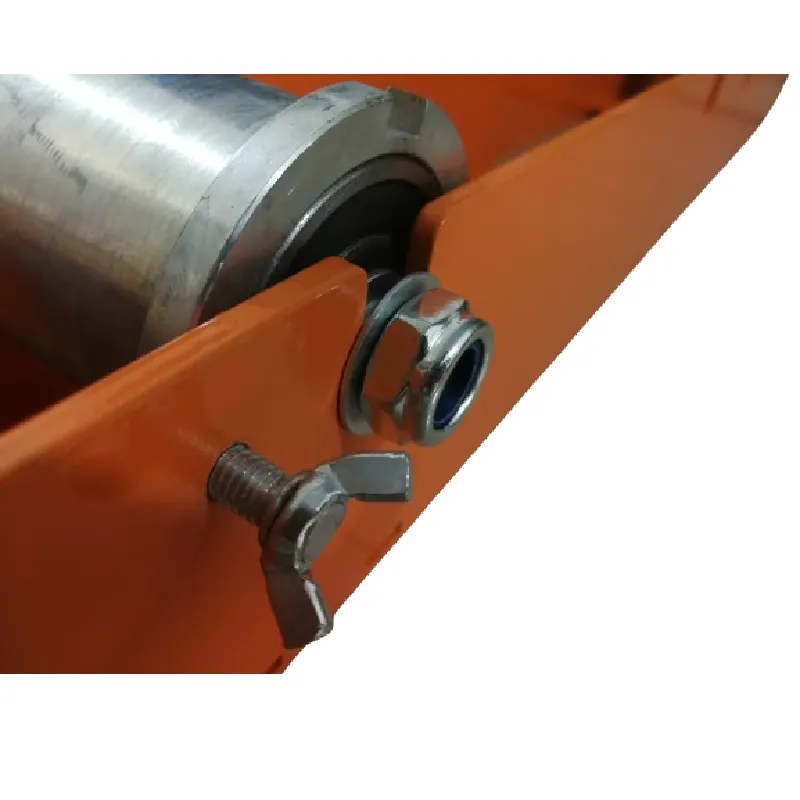
-
 Afrikaans
Afrikaans -
 Albanian
Albanian -
 Amharic
Amharic -
 Arabic
Arabic -
 Armenian
Armenian -
 Azerbaijani
Azerbaijani -
 Basque
Basque -
 Belarusian
Belarusian -
 Bengali
Bengali -
 Bosnian
Bosnian -
 Bulgarian
Bulgarian -
 Catalan
Catalan -
 Cebuano
Cebuano -
 Corsican
Corsican -
 Croatian
Croatian -
 Czech
Czech -
 Danish
Danish -
 Dutch
Dutch -
 English
English -
 Esperanto
Esperanto -
 Estonian
Estonian -
 Finnish
Finnish -
 French
French -
 Frisian
Frisian -
 Galician
Galician -
 Georgian
Georgian -
 German
German -
 Greek
Greek -
 Gujarati
Gujarati -
 Haitian Creole
Haitian Creole -
 hausa
hausa -
 hawaiian
hawaiian -
 Hebrew
Hebrew -
 Hindi
Hindi -
 Miao
Miao -
 Hungarian
Hungarian -
 Icelandic
Icelandic -
 igbo
igbo -
 Indonesian
Indonesian -
 irish
irish -
 Italian
Italian -
 Japanese
Japanese -
 Javanese
Javanese -
 Kannada
Kannada -
 kazakh
kazakh -
 Khmer
Khmer -
 Rwandese
Rwandese -
 Korean
Korean -
 Kurdish
Kurdish -
 Kyrgyz
Kyrgyz -
 Lao
Lao -
 Latin
Latin -
 Latvian
Latvian -
 Lithuanian
Lithuanian -
 Luxembourgish
Luxembourgish -
 Macedonian
Macedonian -
 Malgashi
Malgashi -
 Malay
Malay -
 Malayalam
Malayalam -
 Maltese
Maltese -
 Maori
Maori -
 Marathi
Marathi -
 Mongolian
Mongolian -
 Myanmar
Myanmar -
 Nepali
Nepali -
 Norwegian
Norwegian -
 Norwegian
Norwegian -
 Occitan
Occitan -
 Pashto
Pashto -
 Persian
Persian -
 Polish
Polish -
 Portuguese
Portuguese -
 Punjabi
Punjabi -
 Romanian
Romanian -
 Russian
Russian -
 Samoan
Samoan -
 Scottish Gaelic
Scottish Gaelic -
 Serbian
Serbian -
 Sesotho
Sesotho -
 Shona
Shona -
 Sindhi
Sindhi -
 Sinhala
Sinhala -
 Slovak
Slovak -
 Slovenian
Slovenian -
 Somali
Somali -
 Spanish
Spanish -
 Sundanese
Sundanese -
 Swahili
Swahili -
 Swedish
Swedish -
 Tagalog
Tagalog -
 Tajik
Tajik -
 Tamil
Tamil -
 Tatar
Tatar -
 Telugu
Telugu -
 Thai
Thai -
 Turkish
Turkish -
 Turkmen
Turkmen -
 Ukrainian
Ukrainian -
 Urdu
Urdu -
 Uighur
Uighur -
 Uzbek
Uzbek -
 Vietnamese
Vietnamese -
 Welsh
Welsh -
 Bantu
Bantu -
 Yiddish
Yiddish -
 Yoruba
Yoruba -
 Zulu
Zulu


Nov . 05, 2024 23:38 Back to list
1 inch ground rod
Understanding the Importance of a 1% Ground Rod
In the realm of electrical installations, grounding is a critical component that ensures safety and efficiency. Among the various grounding methods used, a 1% ground rod stands out as a reliable option for both residential and commercial applications. This article will delve into its significance, composition, and installation guidelines while highlighting its advantages.
What is a 1% Ground Rod?
A ground rod is typically a metal rod that is driven into the earth to provide a low-resistance path for electrical currents. The term 1% often refers to the standard for grounding resistance; a properly installed ground rod should ideally achieve a resistance of 25 ohms or less. When we talk about a 1% ground rod, it signifies the adherence to stringent industry standards for grounding systems—ensuring that less than 1% of electrical energy is lost through grounding.
Importance of Grounding
The primary purpose of a ground rod is to prevent electrical shock and equipment damage by providing a safe pathway for excess electrical current. In the event of a fault, such as a lightning strike or a short circuit, the ground rod directs the excess current safely into the earth, minimizing the risk of fire, damage, or electric shock to individuals.
Furthermore, a well-grounded electrical system can improve the performance of sensitive electronic devices, preventing surges and noise that could lead to malfunction or failure. Therefore, investing in a quality ground rod is essential for both safety and reliability.
Composition and Specifications
Ground rods are typically made of copper or galvanized steel, materials chosen for their conductivity and resistance to corrosion. A common size for a ground rod is 8 feet in length and 5/8 inches in diameter. The length and diameter ensure adequate grounding surface area while being practical for installation.
1 inch ground rod

According to the National Electric Code (NEC) in the United States, a ground rod should be installed vertically to a minimum depth, ensuring that it is driven deep enough into the earth to make contact with moist soil. This is critical as the soil moisture level directly impacts the resistance of the grounding system.
Installation Guidelines
Installing a 1% ground rod requires adhering to local electrical codes and guidelines. The general steps for installation include
1. Site Selection Choose a location away from utility lines and structures, where the ground is not prone to flooding or erosion. 2. Driving the Rod Use a hammer or post driver to drive the rod vertically into the ground, leaving a few inches exposed for connection to the grounding system.
3. Connecting the System Attach a grounding wire securely to the exposed part of the ground rod, ensuring it fits tightly to prevent corrosion or disconnection.
4. Testing Resistance Once installed, use a ground resistance tester to measure the resistance of the ground rod. Aim for a value below 25 ohms to ensure effective grounding.
Conclusion
In conclusion, a 1% ground rod is an essential tool for ensuring electrical safety and performance. By providing a low-resistance path for electrical currents, it safeguards both individuals and equipment from potential hazards. As technology continues to evolve, the importance of grounding systems will only increase, making a well-installed ground rod indispensable in modern electrical installations. Investing in quality materials and following safe installation practices is crucial for achieving optimal grounding results.
Latest news
What Are Construction Tools and How Are They Used?
NewsJul.11,2025
Professional-Grade Duct Rodding Tools for Superior Cable Installation
NewsJul.11,2025
Enhancing Safety and Efficiency with Modern Hot Stick Solutions
NewsJul.11,2025
Empowering Cable Installation with Advanced Rodder Solutions
NewsJul.11,2025
Elevate Your Cable Installation Projects with Cable Pulling Tools
NewsJul.11,2025
Efficient Cable Handling Solutions: Cable Rollers for Sale
NewsJul.11,2025











